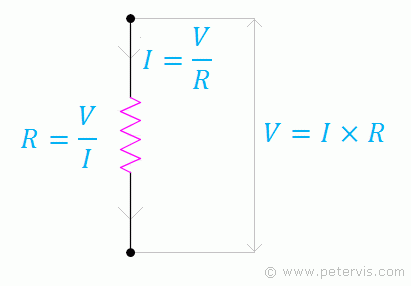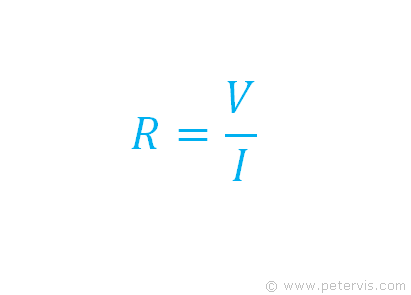Ohm's Law

Ohm's Law is a physical law occurring in nature, which empirically states a mathematical expression describing the special relationship between voltage, current, and resistance.
In his famous book Die Galvanische Kette, Mathematisch Bearbeitet (1827) (German Edition) he published an expression resembling V = I × R, which states; given that the resistance is a constant quantity, the voltage across a conductor is proportional to the current flowing through it. Therefore, a graph of voltage against current is a straight line through the origin, and its gradient is the resistance, which remains constant. This law only works for conductors with a constant resistance. It is one of the most widely relied upon law in the field of electronic engineering and used all over the world with different names.
Whether you call it "ohm ka niyam" in Hindi, or various other names, it is essentially a law of resistance. The voltage across a resistor is proportional to the flow of electrons through it. As you increase the resistance, you choke the flow of electrons, thus lowering the voltage across it.
Calculator
Triangle

The Ohm's Law triangle is a tool for those who cannot transpose. It allows engineers to be to find the formula for current, voltage, and resistance. For example, the resistance formula is the following.
Resistance Formula

Here is the resistance formula.
Formula for Watts

It just so happens that if you were to multiply the current and voltage quantities you get a value of power in watts. This quantity expresses the amount of power dissipated in a circuit in the form of heat.
Related Articles
Resistor Colour CodeStandard Resistor Values
Ohm’s Law
Resistors in Parallel
Resistors in Series
Delta – Y Transformation Calculator